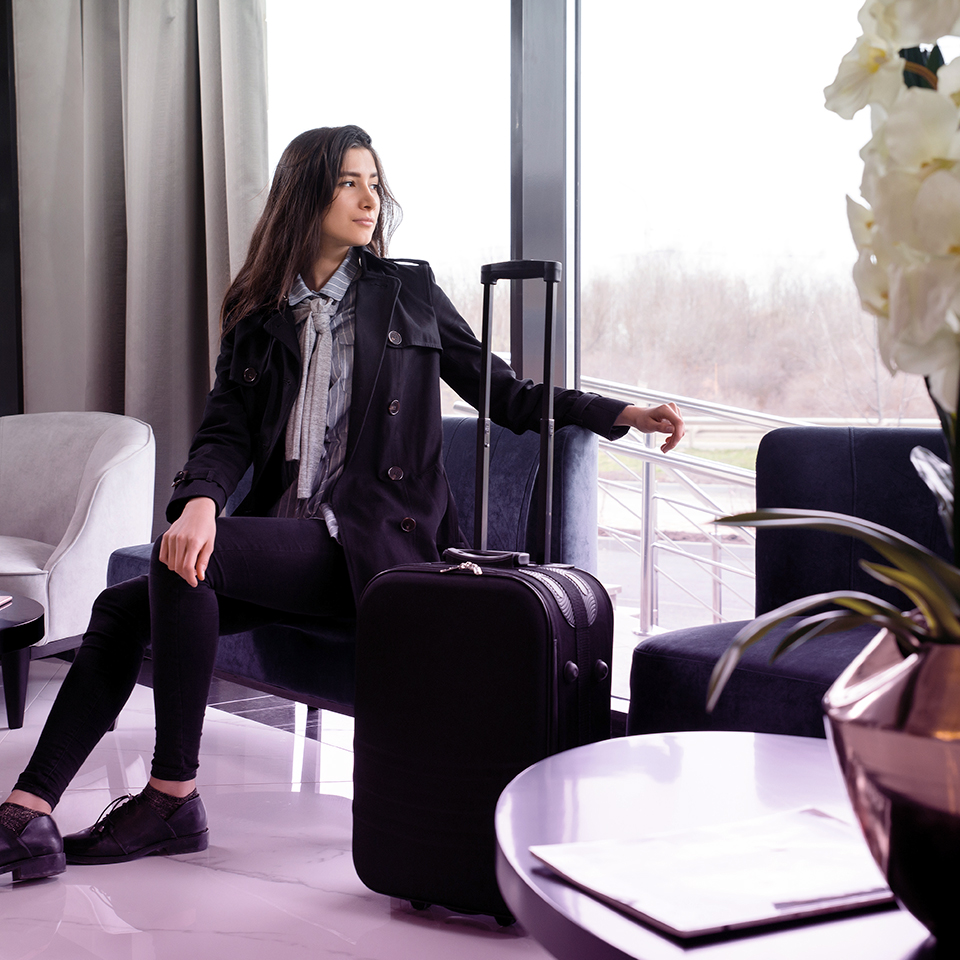×

client success stories
How visitor tracking software and Microsoft technology optimized airport-lounge usage and supply-chain management
 3 min read
3 min read
Travel and Hospitality
Using modern data capture software to create real-time insight with visualization and analytics
Our client – a global airline handling more than 140 million passengers a year – asked Zoreza Global to use computer vision techniques to help optimize the usage and operation of more than 50 airport lounges in 31 airports, worldwide. Typically, preregistered passengers (or those with day passes), would make their way to the lounge after checking in. Then, having arrived at the concierge desk and scanned their boarding passes, they would be free to relax, connect to the wifi, have something to eat and drink, read a newspaper, or simply work on their laptops until their flight is called. However, the visitor experience would fluctuate according to how busy the lounge was, whether a favorite food item was available, if the newspapers had already been claimed and so on.
Consequently, the client needed a visitor tracking software solution to improve the overall lounge-customer experience, streamline operations and drive revenue by upscaling the services for members and non-members alike.
The Zoreza Global team realized that, before doing anything else, they needed to bring the airline up-to-speed with how many visitors were occupying their airport lounges at any one time. They also needed to understand the impact of different days of the week and times of day on crowd analytics, to be able to predict and avoid overcrowding and improve the management of lounge amenities (e.g., food and beverage inventories). That included operational costs and the inevitable inconvenience associated with a manual check-in/check-out process.
Zoreza Global realized their idea of a connected, technology-driven smart space, through a series of computer vision concepts and prototypes. While the ultimate objective was to upgrade the lounge-customer experience, our technology roadmap began with the kind of core-enabling capability that often accompanies smart spaces: visitor tracking. While the airline had data for individual passengers entering the lounge, there was nothing to tell them when those passengers left. This blocked valuable insights into lounge utilization rates that could have unlocked a series of downstream capabilities.
In step with the airline’s partnership with Microsoft, Zoreza Global used as much of their technology as possible to cut both costs and development time, while maintaining a level of accuracy that would underline the benefit of crowd analytics. Later iterations of the technology focused on accuracy and technology optimization.
For the initial prototype, the team selected a Microsoft Kinect, a Surface Pro 4 with built-in LTE, Microsoft’s Azure IoT suite for streaming data ingestion and a custom data-visualization dashboard, built as a responsive web app for mobile and fixed kiosk viewing. On the back-end, Zoreza Global leveraged the Kinect SDK to write a custom algorithm for motion-based feature detection. The Kinect hard-lined to a wall-mounted Surface Pro for processing, real-time occupancy count visualization and data upload via LTE to the client’s Azure cloud instance. In Azure, the architecture leveraged IoT Hub and DocumentDB, with APIs exposing the data for downstream consumption. Through these APIs, historical data was integrated into a manager dashboard for status visualization and trend analysis.
Main Features:
The individual identity of lounge visitors is anonymized. But the solution still gathers a range of insights, like the average duration of passenger visits and variations in that average at different times of the year, as well as taking it a stage further to anticipate low-demand days and times. In turn, this allows our client to better-manage individual lounge utilization and maintain closer ties with their customers.
Partner Technologies:
In just 6 weeks, Zoreza Global launched a working prototype at Chicago’s O’Hare International Airport (one of their busiest lounges) prior to the holiday season, which tracked the entry and exit of over 9,500 visitors with over 90% accuracy. This set the stage for future development and scalability across a network of international locations, establishing a platform for the smart-space-enabled airline lounge.
With real-time utilization rates at the discrete lounge level, the airline unlocked several new capabilities, including:
The addition of a computer vision system gave the airline real-time occupancy-monitoring capability. The resulting data allowed more operational agility, enabling the lounge and airport to maintain high-quality customer experiences, globally. Importantly, the system created a secure foundational data stream for making informed, long-term planning decisions.
This concept can be applied to many other industries. Any location with reasonable footfall can benefit from accurately tracking and analyzing variables like staffing, revenue, operational performance and overall efficiency. It enables deeper visitor engagement through the gathering of richer data and more-specific visitor tracking solutions.